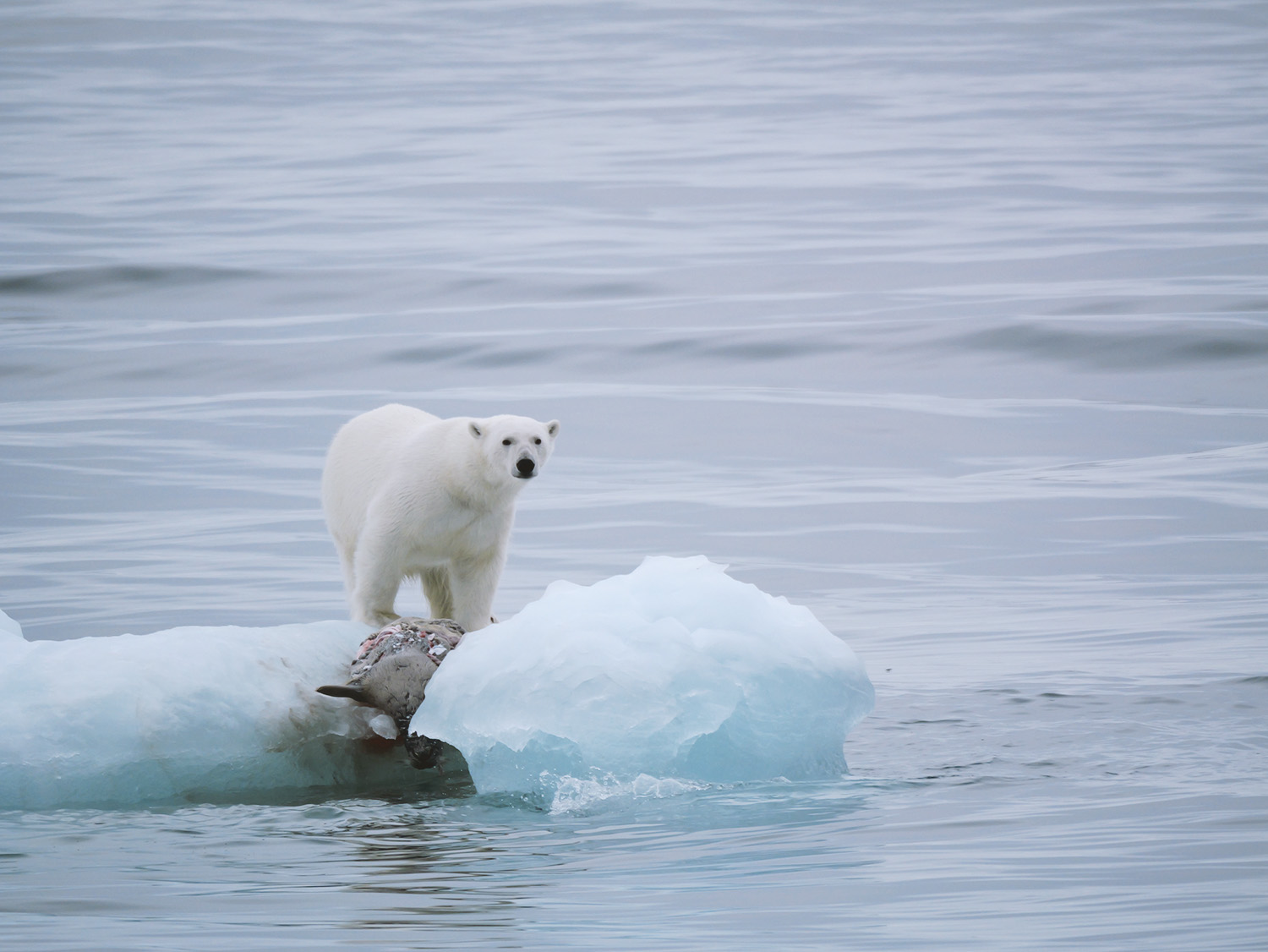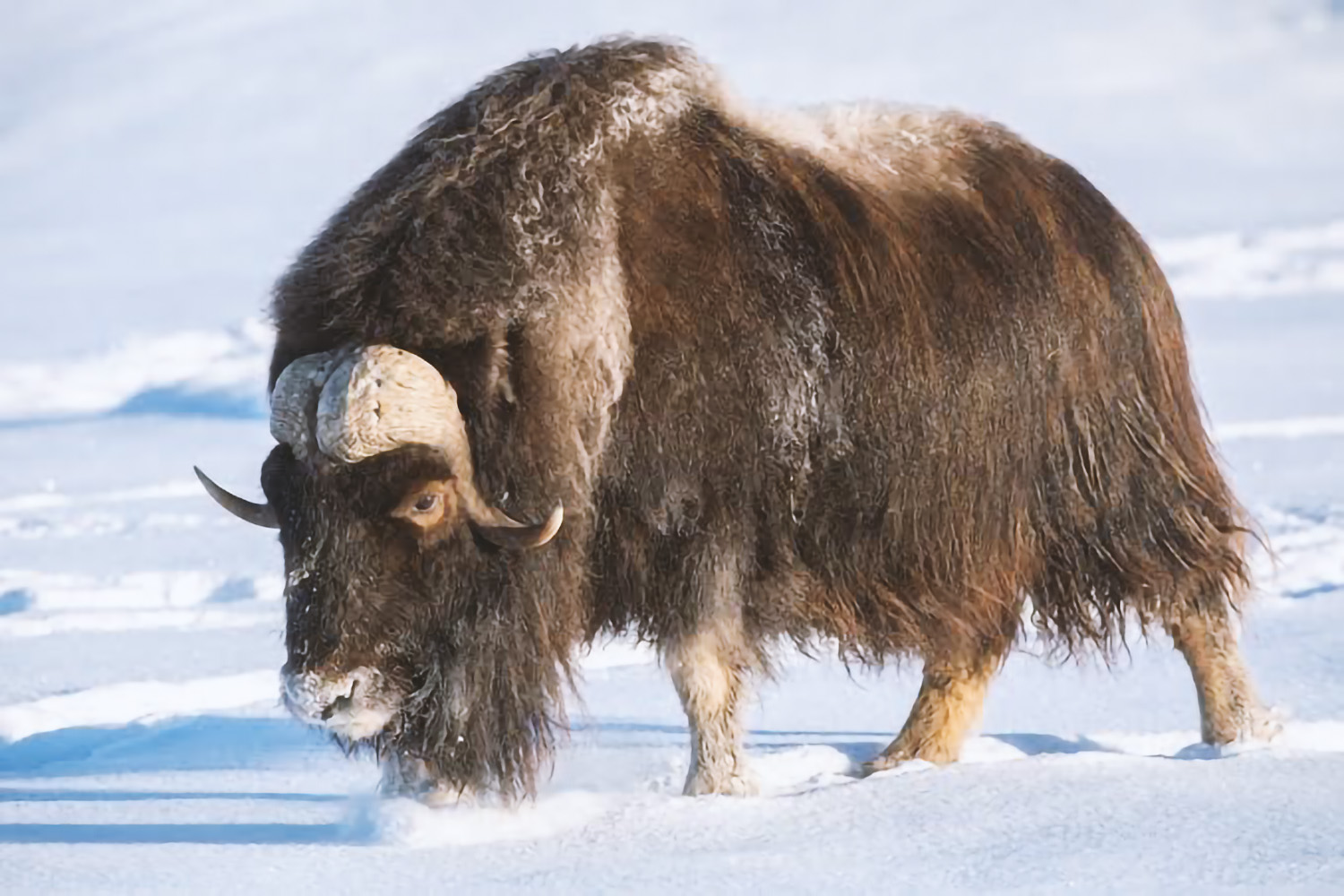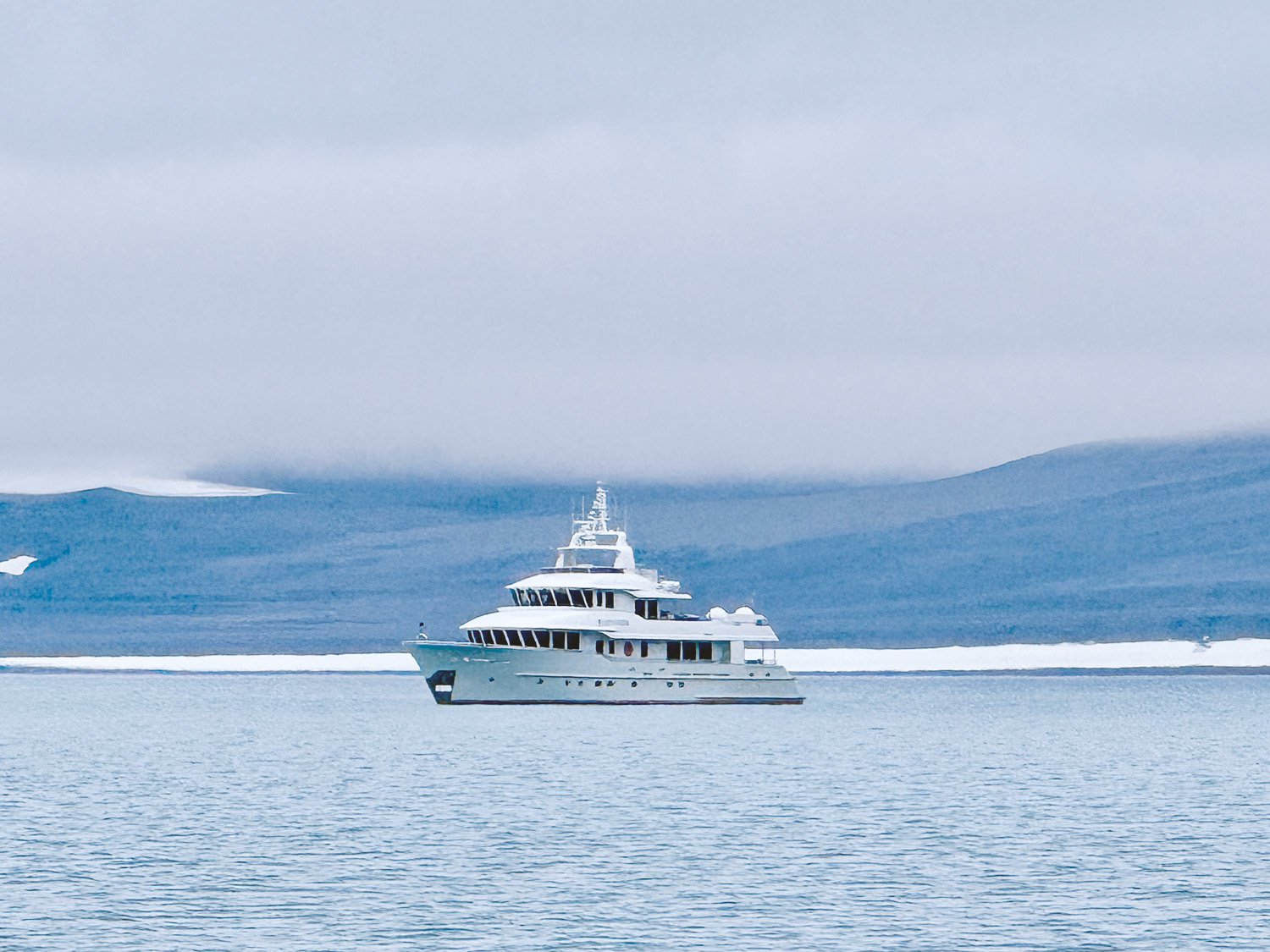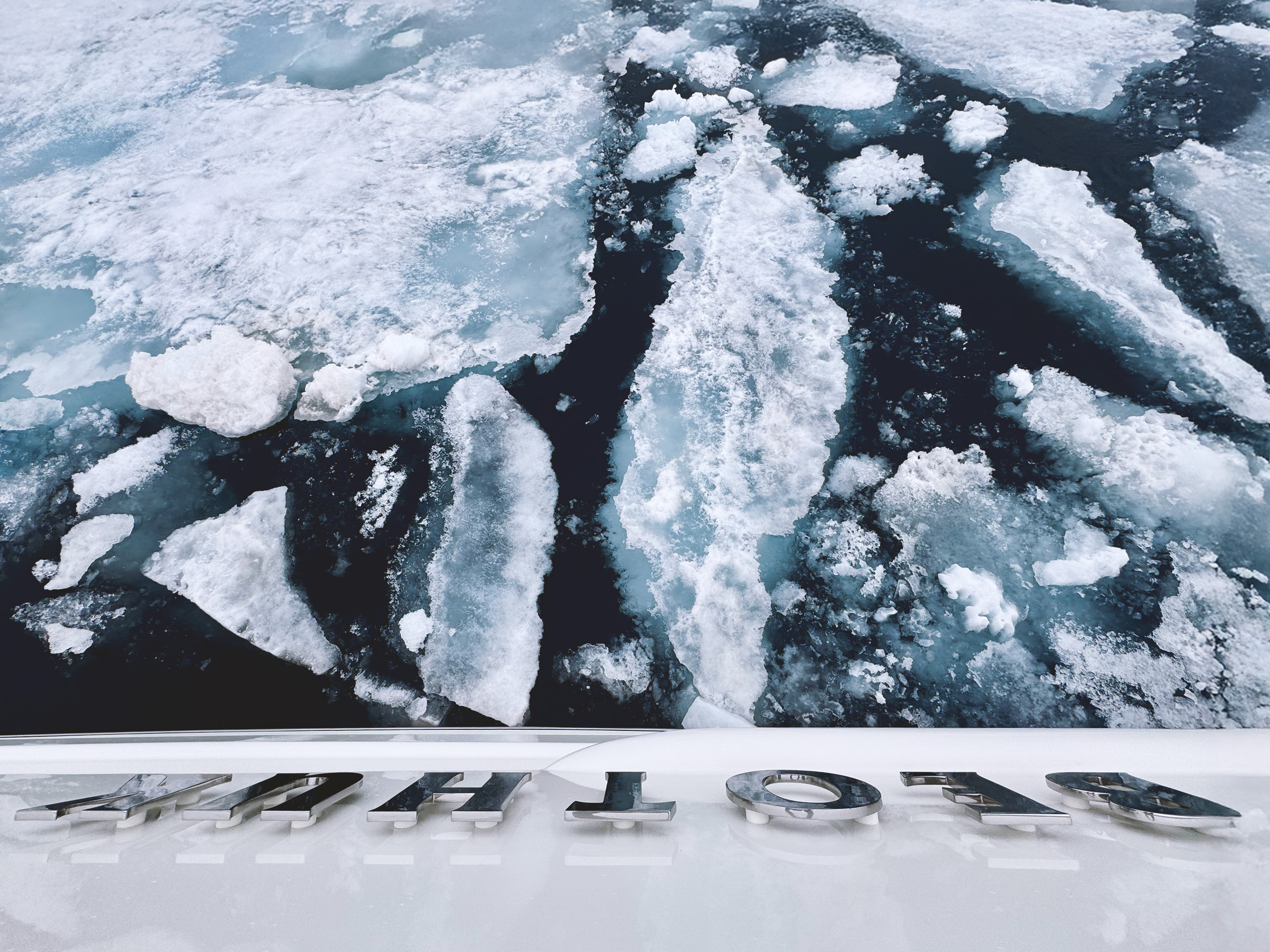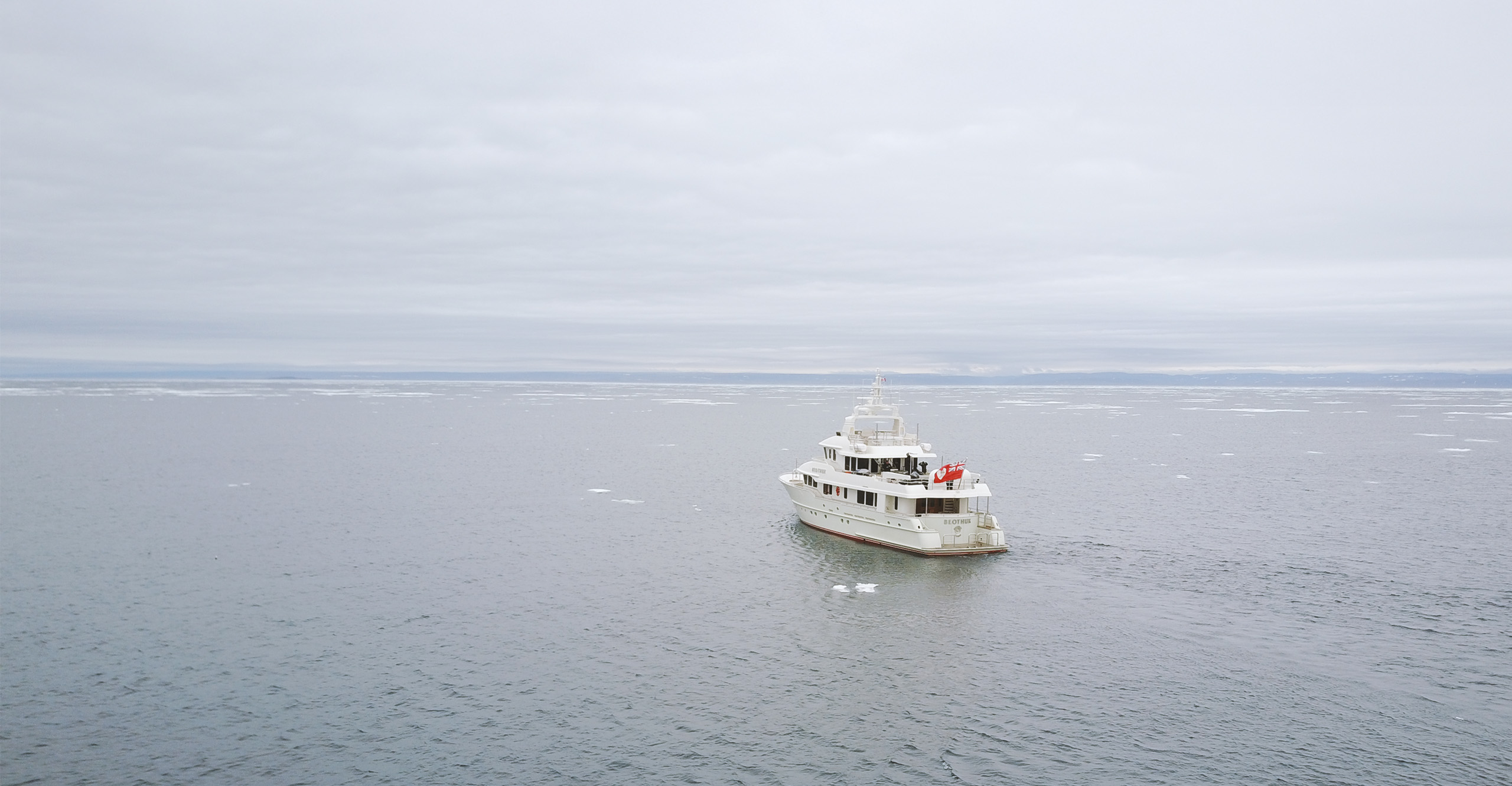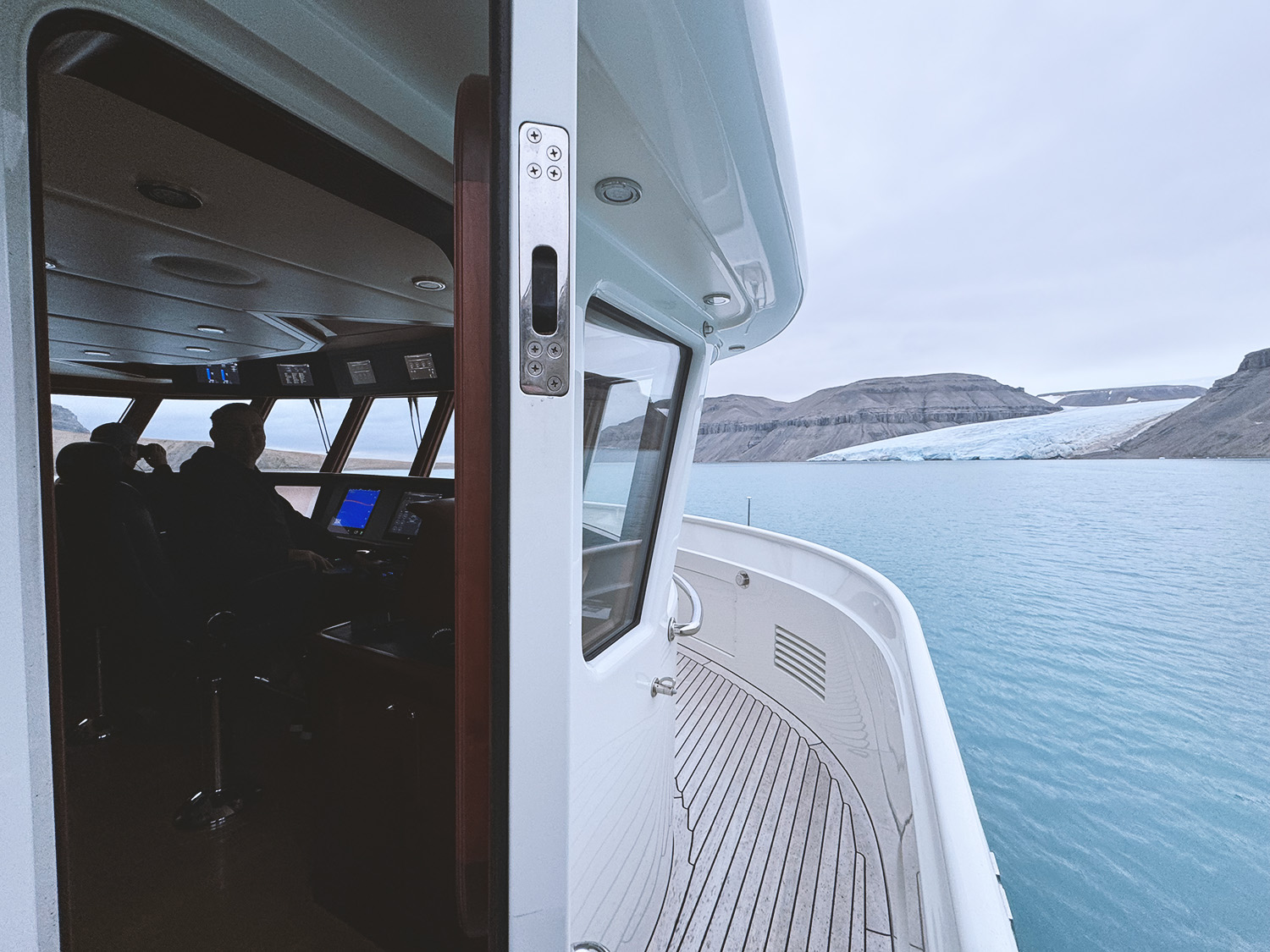We covered 25,000 nautical miles in 10 months aboard a solid, sturdy and reliable boat
The 31m Doggersbank Beothuk braved its second Northwest Passage adventure in the summer of 2024. Captain Jerry Samuelson has been in yachting for 35 years and at the helm of Beothuk for 13 of them, yet this was his first foray into the most formidable bodies of water.
The journey, planned with the assistance of EYOS Expeditions, began in Fort Lauderdale. The yacht and crew cruised to Jamaica, into Bocas del Toro in Panama, then headed up the west coast to the Galapagos. “We needed to be in Dutch Harbor, Alaska, by mid-July to be past all the weather fronts to enter the Northwest Passage from Nome,” says Samuelson, who served as both captain and chief engineer on the journey. They had eight days to get from Cambridge Bay in Canada where the owner joined the boat, to Arctic Bay, a Hamlet in Baffin Bay, Canada, where he disembarked.
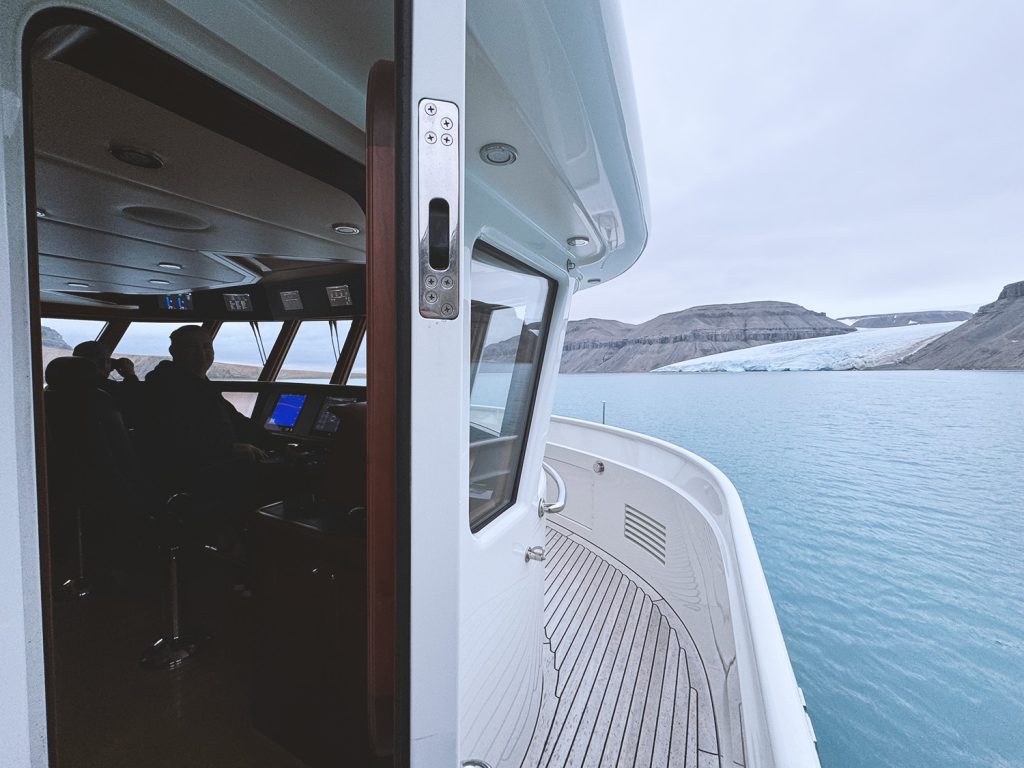
Waiting for the ice to open up
The route and timing of the trip was dictated by the environment—“you have to wait for the ice to open up,” he explains—yet the owner’s tight window of availability saw the yacht cruise under the midnight sun with few anchorages along the way. One exception was a day spent in Beechey Island located in the Arctic Archipelago of Nunavut. It served as a wintering station for Sir John Franklin’s ships, Erebus and Terror, in 1845, and later became a main base for search parties.
Maxwell Bay and Devon Island—the largest uninhabited island in the world—also became welcome anchorages for Beothuk, allowing for exploration into beautiful Powell Inlet and Croker Bay in the eastern high Arctic to investigate several glaciers. The Vripack-designed boat is the second Doggersbank that Samuelson has skippered—the first being a 28m Moonen—but this adventure took him into the unknown.
the right boat for the trip
“We had Clive Chute, an experienced ice pilot aboard, and an expedition leader who organised where we were going and what we were doing,” says Samuelson. “He took the boss ashore by Zodiac tender to spot wildlife, carrying his rifle for safety. We saw tons of polar bears with their cubs, including one tucking into a seal, as well as beluga whales and Arctic foxes.”
Unlike the previous owner, Beothuk was not purchased exclusively for the Northwest Passage, says Samuelson, though the owner knew he had the right boat for the trip. “He approached me and asked if I was interested in the journey. I was hesitant, but we did it, and I’m glad of it, though it certainly wasn’t without its challenges and stress.”
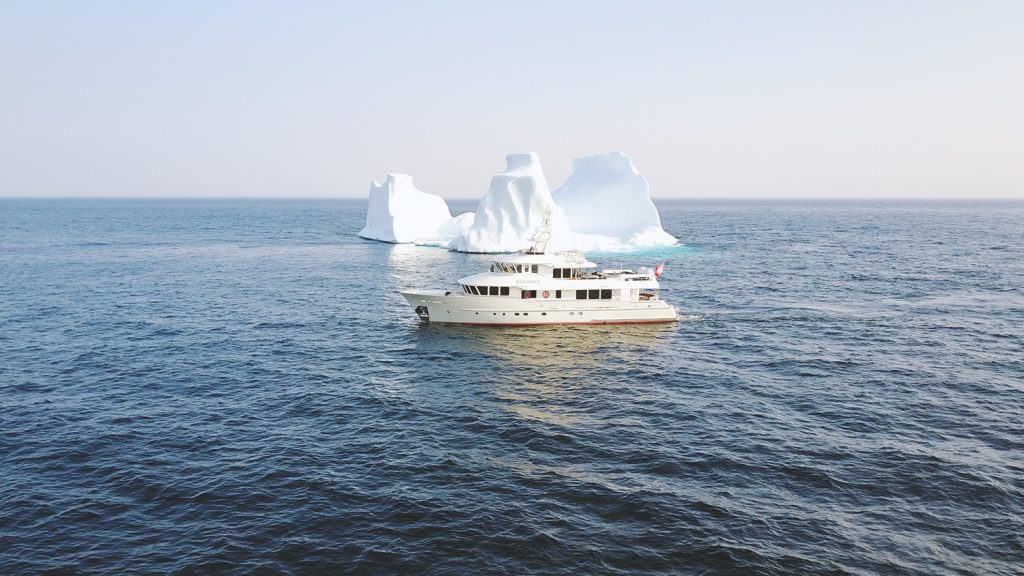
Big Challenges
Pushing through ice and acclimatising to the constantly changing weather patterns were among the biggest challenges, all of which were offset by Samuelson’s excellent pre-trip preparation and the sense of camaraderie. Larsen Sound is a common choke point along the route due to the pack ice that accumulates there. There were multiple Canadian ice breakers on both sides of the passage, where the ice was thickest.
“We were waiting for a south wind to push the ice up and were able to call the friendly Canadian crew aboard one of the icebreakers who gave us ice reports that we didn’t have access to and information on where there may be an opening in the ice. That gave us real peace of mind,” says Samuelson. “Although the ice breakers usually only break the ice for large ships transiting in early season, having them around did gave me piece of mind, knowing there was help in case of an emergency.”
Beothuk is a 4,000 nautical-mile range yacht with a reinforced steel belt. It’s well heated, extremely well built and beautifully designed for colder weather living, not to mention highly manoeuvrable and the perfect size to tuck into small bays. “I was nervous about damaging the props or bending something, but Clive told me not to worry and to keep the yacht moving,” he says.
The owner disembarked from Arctic Bay and Beothuk continued to Newfoundland before rounding off the trip in Newport, Rhode Island.
“We covered 25,000 nautical miles in 10 months aboard a solid, sturdy and reliable boat,” says Samuelson. “I consider Beothuk a little ship, but it has everything that a Feadship has—a steel hull, aluminium superstructure, and a design built for deep water—just in a smaller package. Doggersbanks are tried and tested boats, and the perfect vessel to do a once in a lifetime trip like this aboard.”
